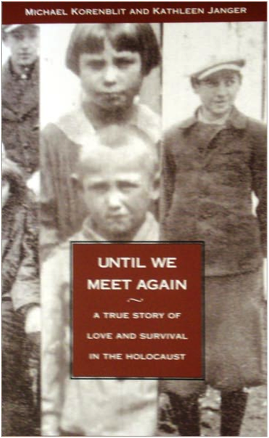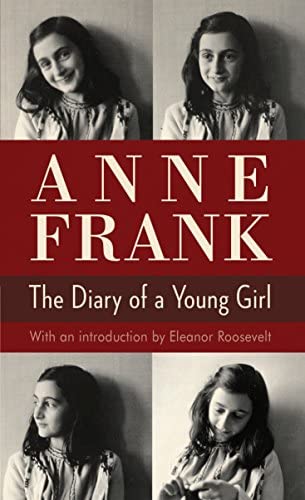Holocaust Education Resources

Michael Korenblit & Kathleen Janger
A True Story of Love & Survival in the Holocaust
(Bestseller & Inspiration for Respect Diversity Foundation)
A favorite selection of teachers and other educators throughout the United States, often taught alongside (or, in some cases, instead of)The Diary of Anne Frank and other classics. Until We Meet Again shares the inspirational story of two families decimated by the Holocaust in 1942 in a small town in Poland. When the Nazis begin their massive deportations of Jews from their hometown, 17-year-old Manya decides to leave her family and join her sweetheart, Meyer, in hiding with his family. Over the next three years, Manya and Meyer endure the loss of their parents and siblings, separation from each other, and the horror of concentration camps–sustained largely by their faith and love for each other and the help of courageous Polish Catholics.
Co-authored by their son Michael, “Until We Meet Again” has been praised by historians for its vivid portrayal of the times, by teachers for its educational significance, & by all readers for its absorbing & inspiring narrative.
Michael Berenbaum of the United States Holocaust Memorial Museum says, “Korenblit & Janger show that whoever retells the story of one person recovers an entire world, in all its complexity & drama…One can only admire this well-written work of filial devotion.”
For seminars with Michael Korenblit or copies of Until We Meet Again, contact us now.

Anne Frank
The Diary of a Young Girl
“Discovered in the attic in which she spent the last years of her life, Anne Frank’s remarkable diary has become a world classic—a powerful reminder of the horrors of war and an eloquent testament to the human spirit.
In 1942, with the Nazis occupying Holland, a thirteen-year-old Jewish girl and her family fled their home in Amsterdam and went into hiding. For the next two years, until their whereabouts were betrayed to the Gestapo, the Franks and another family lived cloistered in the “Secret Annexe” of an old office building. Cut off from the outside world, they faced hunger, boredom, the constant cruelties of living in confined quarters, and the ever-present threat of discovery and death. In her diary Anne Frank recorded vivid impressions of her experiences during this period. By turns thoughtful, moving, and surprisingly humorous, her account offers a fascinating commentary on human courage and frailty and a compelling self-portrait of a sensitive and spirited young woman whose promise was tragically cut short.”
